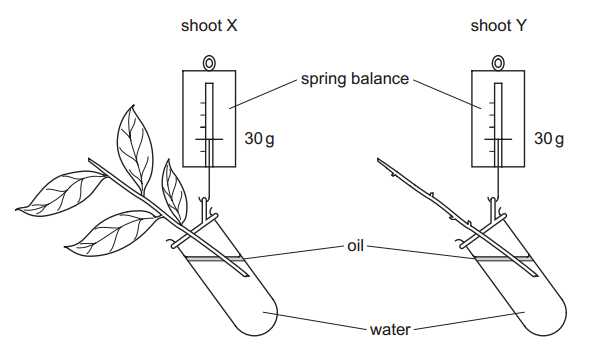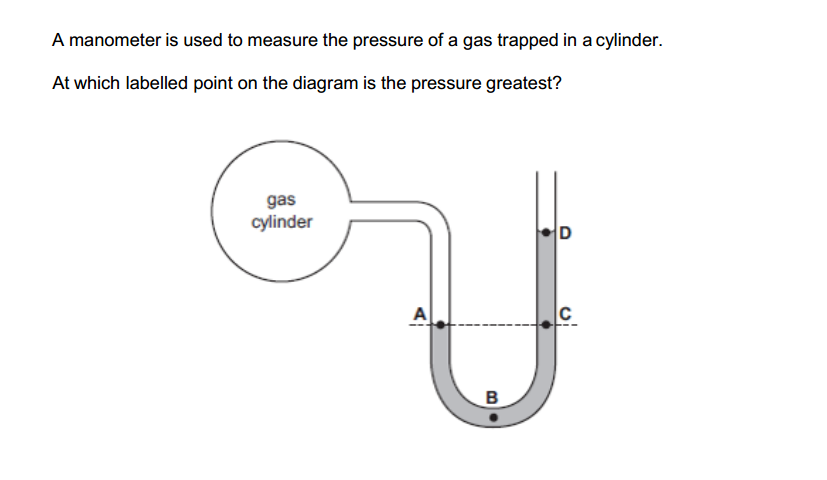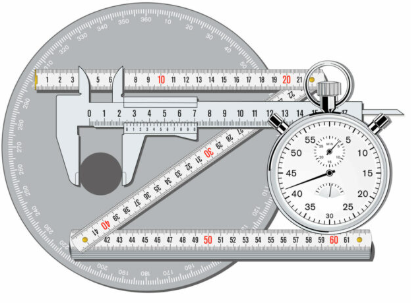Writing and publishing a book is a dream for many aspiring authors. Whether you have a compelling story to tell or valuable knowledge to share, the journey from idea to publication can be both exciting and challenging. This guide will walk you through the essential steps to write and publish your book successfully.
Step 1: Develop Your Idea
1.1 Find Your Inspiration
- Reflect on what inspires you and what you are passionate about. Whether it’s a novel, non-fiction, memoir, or self-help book, choose a topic that excites you.
- Identify your target audience. Understanding who will read your book will help shape your content and style.
1.2 Research Your Topic
- Conduct thorough research to ensure your book is original and relevant.
- Read similar books in your genre to understand the market and identify gaps your book can fill.
1.3 Outline Your Book
- Create a detailed outline that includes the main points or chapters of your book.
- Organize your ideas logically to ensure a coherent structure.
Step 2: Write Your Manuscript
2.1 Set Writing Goals
- Establish a writing schedule with daily or weekly word count targets.
- Consistency is key. Make writing a habit to stay on track.
2.2 Create a Writing Environment
- Find a quiet and comfortable place where you can focus on writing.
- Eliminate distractions and gather all necessary materials before you start.
2.3 Write the First Draft
- Don’t worry about perfection. Focus on getting your ideas down on paper.
- Write freely and allow your creativity to flow. You can revise later.
2.4 Revise and Edit
- After completing your first draft, take a break before revising. This will help you see your work with fresh eyes.
- Edit for clarity, coherence, and consistency. Check for grammar and spelling errors.
- Consider seeking feedback from trusted friends, family, or writing groups.
Step 3: Prepare for Publication
3.1 Professional Editing
- Hire a professional editor to polish your manuscript. They can provide valuable insights and catch errors you might have missed.
- There are different types of editing, including developmental editing, copy editing, and proofreading. Choose the services that best fit your needs.
3.2 Design Your Book
- Work on the book cover design. A compelling cover can attract readers and make your book stand out.
- Format the interior layout for readability. This includes setting the right font, margins, and chapter headings.
3.3 Write a Compelling Blurb
- Craft a brief and engaging description of your book that will entice readers.
- Highlight the unique aspects of your book and what readers can expect.
Step 4: Choose Your Publishing Path
4.1 Traditional Publishing
- Research literary agents and publishing houses that specialize in your genre.
- Prepare a strong query letter and book proposal to submit to agents or publishers.
- Be prepared for rejections and keep submitting until you find a suitable publisher.
4.2 Self-Publishing
- Choose a self-publishing platform such as Amazon Kindle Direct Publishing (KDP), IngramSpark, or Smashwords.
- Upload your manuscript, cover design, and book details to the platform.
- Set your pricing and distribution options.
Step 5: Market Your Book
5.1 Build an Author Platform
- Create a website and blog to showcase your work and connect with readers.
- Use social media to engage with your audience and promote your book.
5.2 Book Launch
- Plan a book launch event, either in person or online.
- Utilize email marketing to announce your book to your subscribers.
5.3 Ongoing Marketing
- Reach out to book reviewers and bloggers to request reviews.
- Participate in book fairs, signings, and other events to promote your book.
- Consider running paid advertising campaigns on platforms like Amazon, Facebook, or Goodreads.
Step 6: Monitor and Adapt
6.1 Track Sales and Feedback
- Use the analytics provided by your publishing platform to monitor your book sales.
- Pay attention to reader reviews and feedback to understand what works and what doesn’t.
6.2 Continuous Improvement
- Learn from your experiences and apply those lessons to your future writing projects.
- Stay updated with industry trends and marketing strategies to keep your book relevant.
Conclusion
Writing and publishing a book is a rewarding journey that requires dedication, patience, and perseverance. By following these steps, you can navigate the process with confidence and bring your literary vision to life. Whether you choose traditional publishing or self-publishing, remember that every author’s path is unique. Embrace the journey, stay true to your voice, and share your story with the world. Happy writing!



































































































